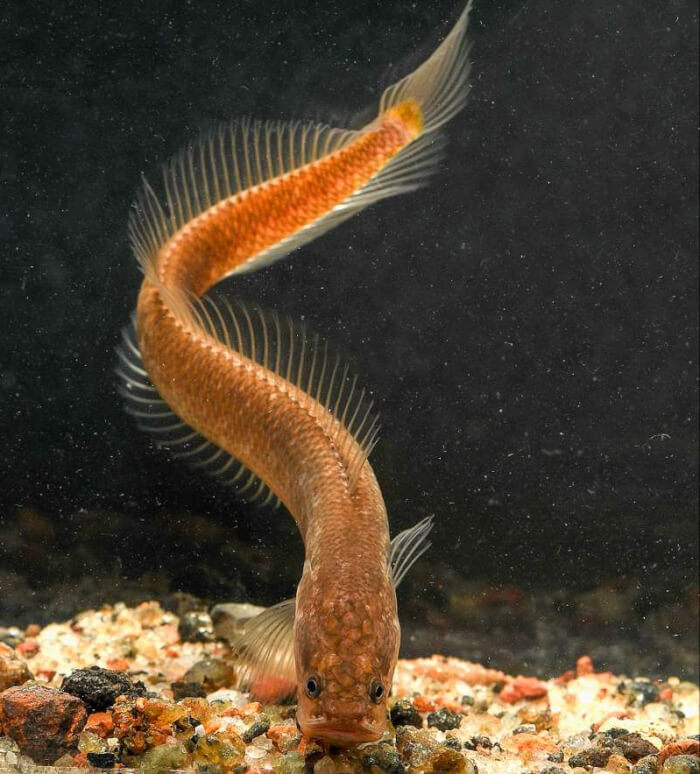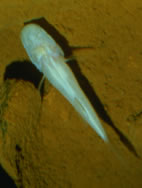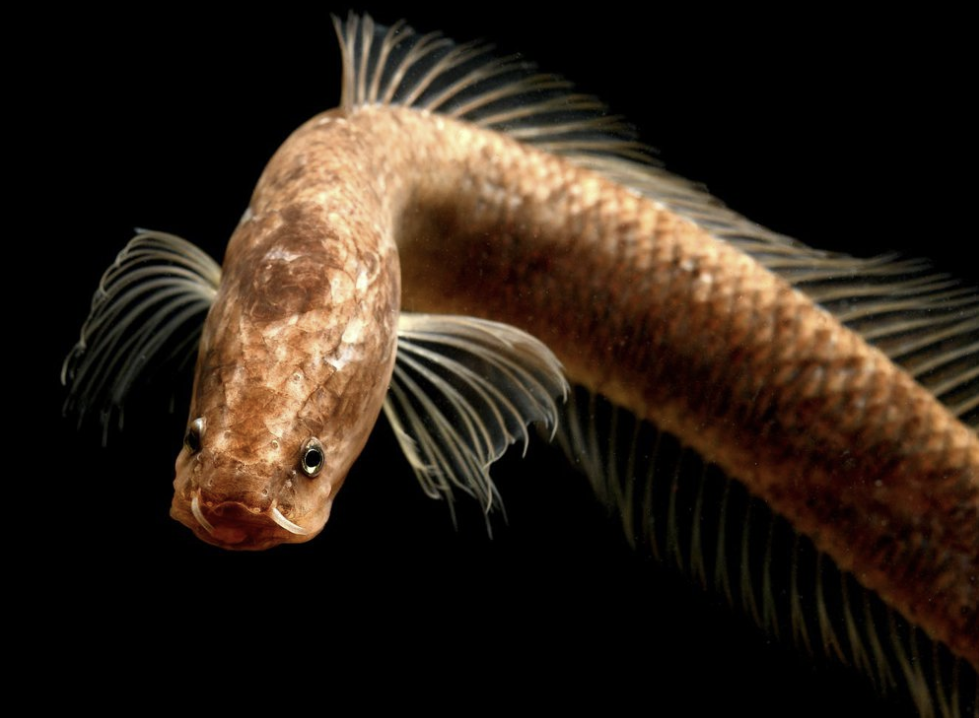
When it comes to freshwater aquatic life, there’s so much that’s still unexplored. Surprisingly, most of them won’t be found in the open waters outside your lake house. Many species of fish dwell only in underground lakes, often living in caves that are unreachable by boat. In fact, there are more than 200 distinct species of cavefish, also known as subterranean fish, existing on almost every continent besides Antarctica. However, due to their underground locations, this number only scratches the surface of the abundance of species that likely exist. Today, we’re taking a look at some interesting fish species found in underground lakes!
Alabama Cavefish

One unfortunate issue with fish species in underground lakes is their endangered state. More than 50 species are recognized as threatened by the International Union for the Conservation of Nature (IUCN). Among them is the Alabama Cavefish. These underground-dwelling fish live only in Key Cave which is located in Lauderdale County, Alabama. Their population sits at only 100 fish, making them one of the rarest cave-dwelling species in North America.
Dragon Snakehead

Just last year, a new type of underground fish species was discovered. Living below the Indian state of Kerala, a plethora of intriguing fish exist – many of which are found nowhere else on earth. The recently-discovered dragon snakehead fish was originally seen in 2019 after tragic floods in the state. Thought to be part of the Channidae family, scientists dismissed it as a common cavefish and named it Gollum the character from Lord of the Rings. However, after scientists have examined this fish in further detail over the past few years, it has become evident that the fish belongs to an entirely new family of snakeheads: Aenigmachanna. The realization that the dragon snakehead fish has unique characteristics all their own is one of the most exciting discoveries about aquatic life in the last decade.
Mexican Cavefish

There are two types of Mexican tetra: one is native to the Rio Grande, as well as other parts of Mexico and southern Texas. However, the other type of Mexican tetra (also known as Mexican cavefish or blind cave tetra) can be found in caverns and underground caves throughout the region. As a tough subtropical fish, they enjoy warm climates and feeding along the bottom of the lake. However, one of the most interesting things about the Mexican Cavefish is its evolution. Over time, this species has evolved to blindness. For most species, this transformation would be maladaptive and would only occur in a mutation. However, for the Mexican cavefish, the lack of eyesight is helpful for living in dark waters. Instead of attempting to see their surroundings, they get by using a lateral line system to detect changes in water vibrations.
Hyaline Fish
While many subterranean fish species have existed for hundreds of years, the hyaline fish trumps them all. Documented almost 500 years ago in 1541, the hyaline fish is the oldest recorded species of obligate cavefish. Found only in Yunnan, China, this species is considered threatened. Like many other cave fish, it lacks scales and coloring, as well as external eyes. But the Sinocyclocheilus hyalinus’s most unique characteristic is its skull horn and dorsal hump.
Rattail Knifefishes

Also known as glass knifefish, these fish live in freshwater streams in Panama and South America. However, a specific subspecies of glass knifefish, Eigenmannia vicentespelaea, specifically inhabit caves. This subterranean fish species is the only cave-dwelling member of the knifefish family. Unlike other knifefish, it has a translucent body and small eyes. Specifically, they can be found in caves near Sao Domingos, a city in the Goias state of Brazil. It’s endemic to this single cave system, meaning that these fish don’t exist anywhere else in the world.
These underground fish species — plus thousands more like them — are all part of the freshwater systems we don’t see. Next time you’re on the lake, remember that there’s more to aquatic life than meets the eye!

